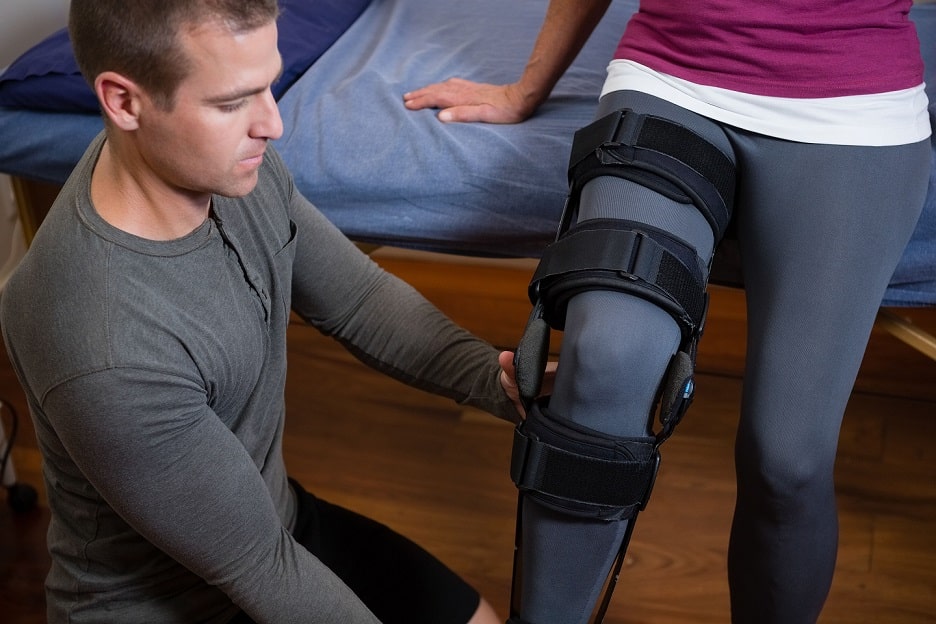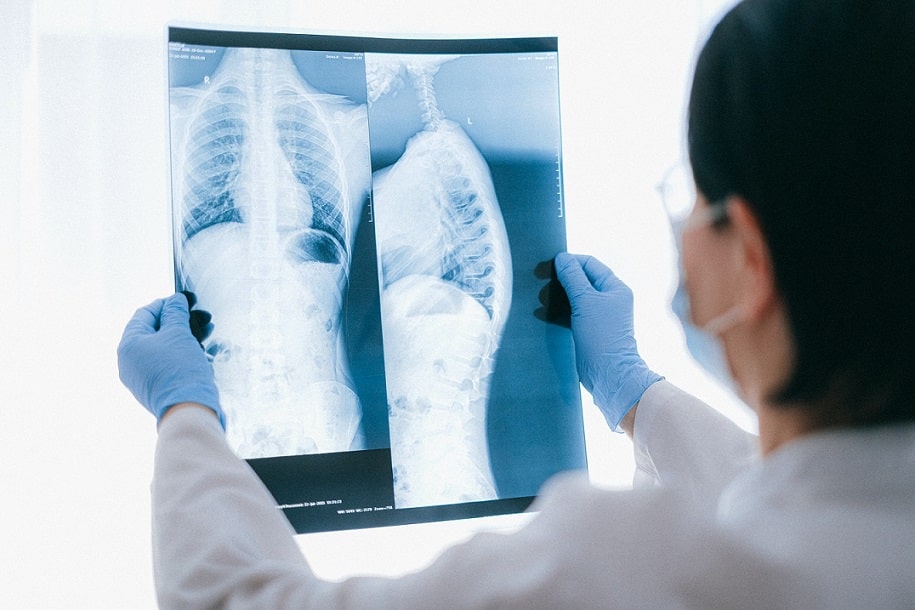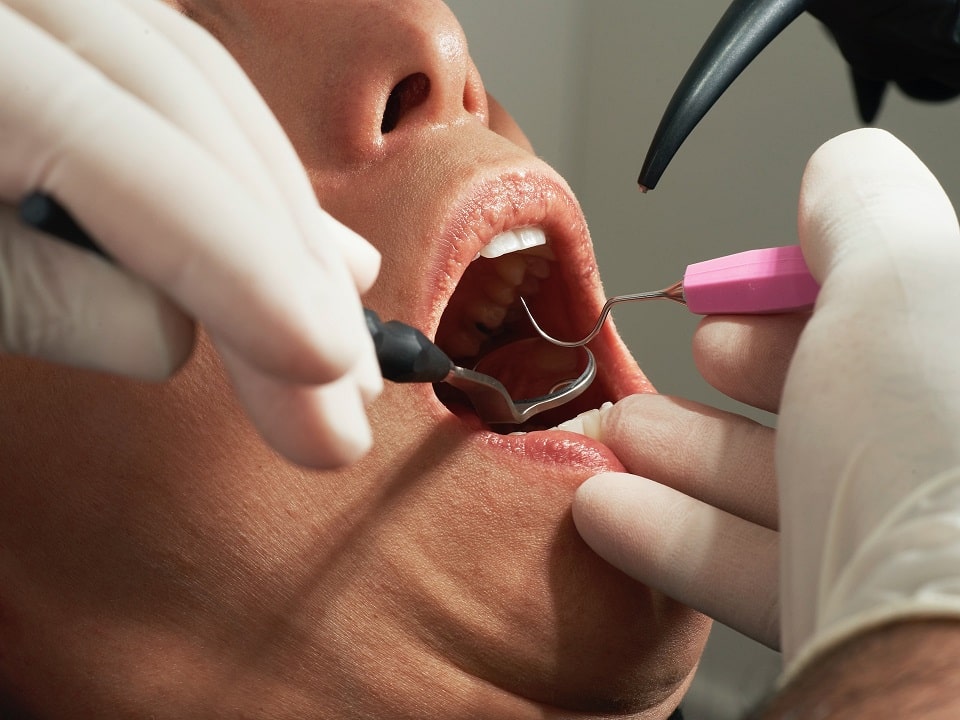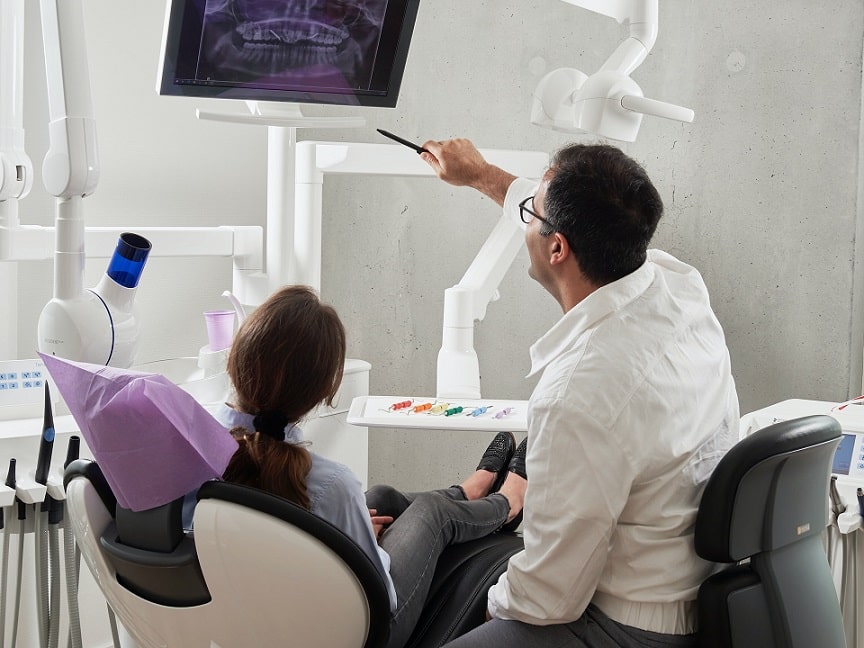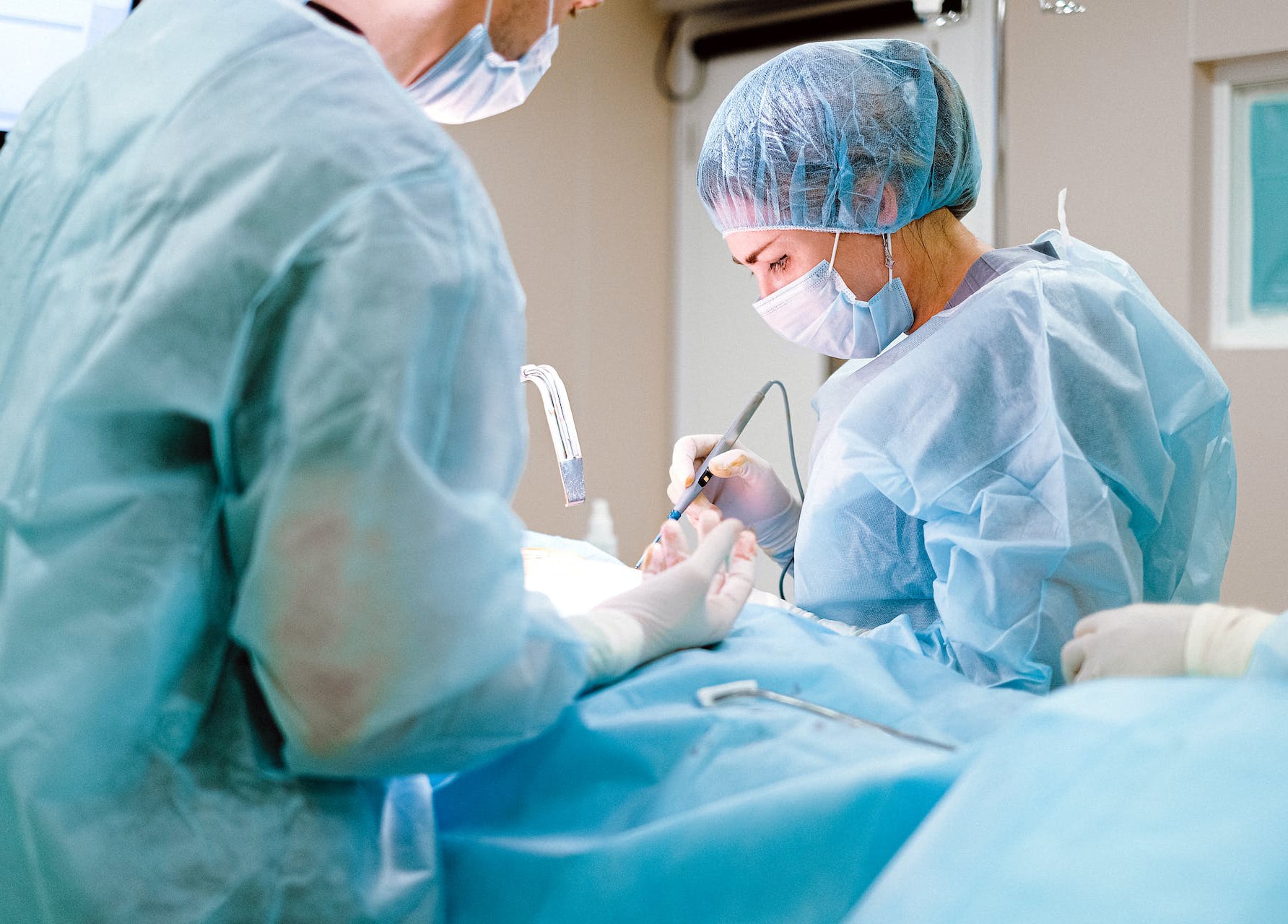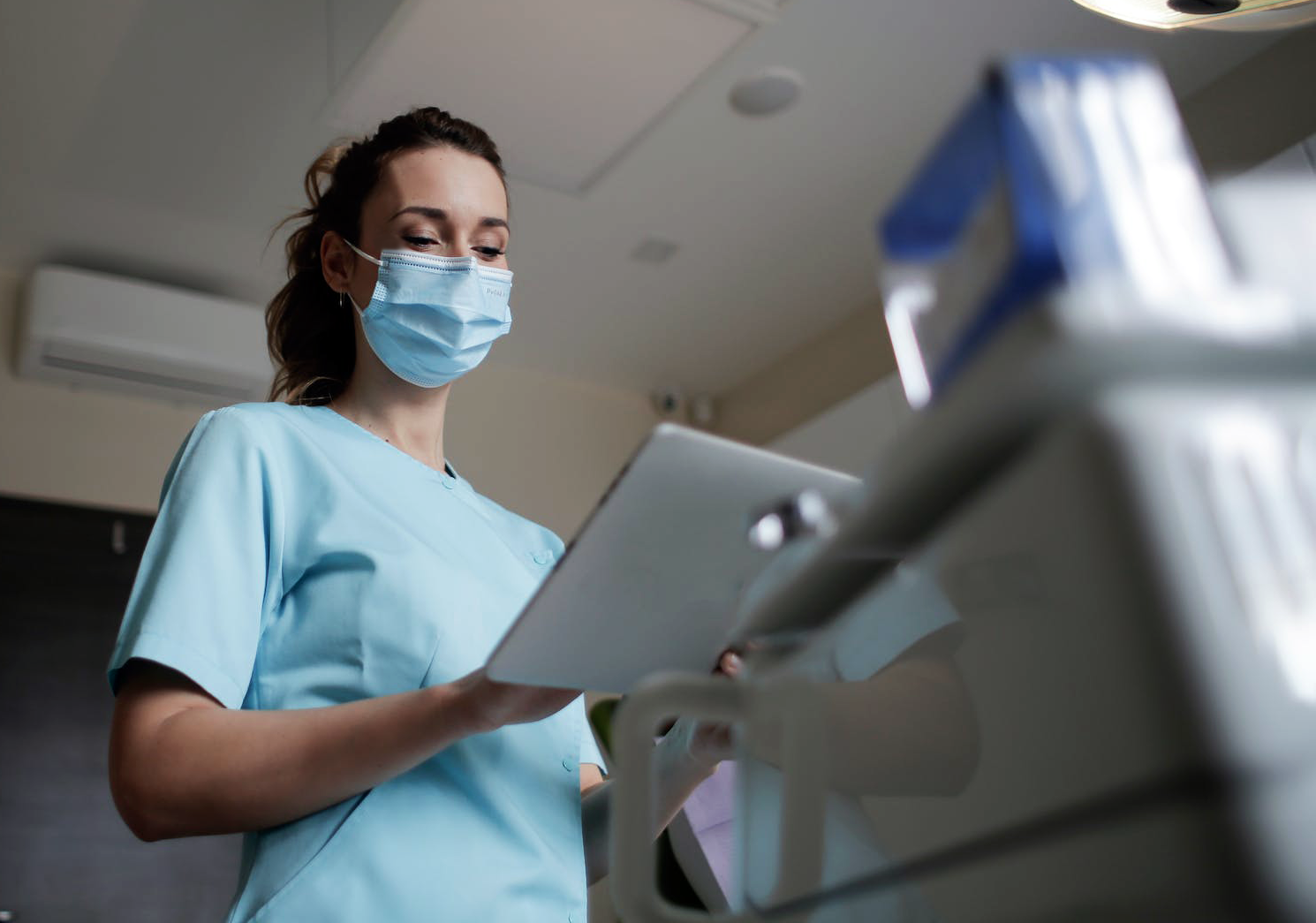 We all know how unpredictable life can be and that – especially with accidents – it is very difficult to know what is going to happen next. This doesn’t mean that we can’t try and prepare though and we should all take care to minimise the potential effects of any accident; this is especially true in the workplace.
We all know how unpredictable life can be and that – especially with accidents – it is very difficult to know what is going to happen next. This doesn’t mean that we can’t try and prepare though and we should all take care to minimise the potential effects of any accident; this is especially true in the workplace.
If your job involves any type of risk to your health then your employer should issue you with items that will minimise the risks where possible – these items are known as Personal Protective Equipment, or PPE. Types of PPE include: Respirators, Protective Gloves, Protective Footwear, Goggles, Hi-visibility clothing and any other item designed to be worn or used for your health, safety and protection.
In cases where the risks to your health and safety cannot be adequately controlled through other measures then PPE becomes a legal requirement under the Personal Protective Equipment at Work Regulations 1992. These regulations say that employers are responsible for providing, replacing and paying for personal protective equipment as well as training you in how to use it safely and effectively.
It’s not just enough for your employers to provide you with any old PPE though – the PPE they provide must be suitable for the job that they have set you and it must offer the right level of protection to account for the risks that you are taking.
As an employee you should be trained in the safe use of the PPE equipment that your employer provides for you. You should know why you need PPE and be trained to use it correctly. If not then it is unlikely to protect you properly. Important questions to ask are:
- Does it fit correctly?
- How does the wearer feel? Is it comfortable?
- Are all items of PPE compatible?
- Does PPE interfere with the job being done?
- Does PPE introduce another health risk such as overheating or entanglement with machinery?
- If PPE needs maintenance or cleaning, how is it done?
Your employers training should let you know how your PPE’s reduce the risks you face while working and any responsibilities you have for keeping them in good condition. It should also include instruction on the proper way to use your PPE, making sure all items of PPE work properly together and ensuring PPE’s don’t cause any problems which may be a greater risk to your health and safety.
Just as importantly as knowing how to use your PPE is making sure it fits. PPE stands for Personal Protection Equipment – this doesn’t mean it should necessarily come with your name on it, but it does mean that it should suitably fit you in order to provide you with the best protection – it would be no use in having a respirator to protect against fumes if it didn’t fasten around your mouth and nose.
If you feel you have been injured at work as the result of defective or missing PPE, a lack of training or poor training or a failure by your employer to maintain or replace your PPE then you could be entitled to claim for compensation.
If you feel that this applies to you contact The Injury Lawyers now for our professional and expert personal injury advice.

 We all know how unpredictable life can be and that – especially with accidents – it is very difficult to know what is going to happen next. This doesn’t mean that we can’t try and prepare though and we should all take care to minimise the potential effects of any accident; this is especially true in the workplace.
We all know how unpredictable life can be and that – especially with accidents – it is very difficult to know what is going to happen next. This doesn’t mean that we can’t try and prepare though and we should all take care to minimise the potential effects of any accident; this is especially true in the workplace.
